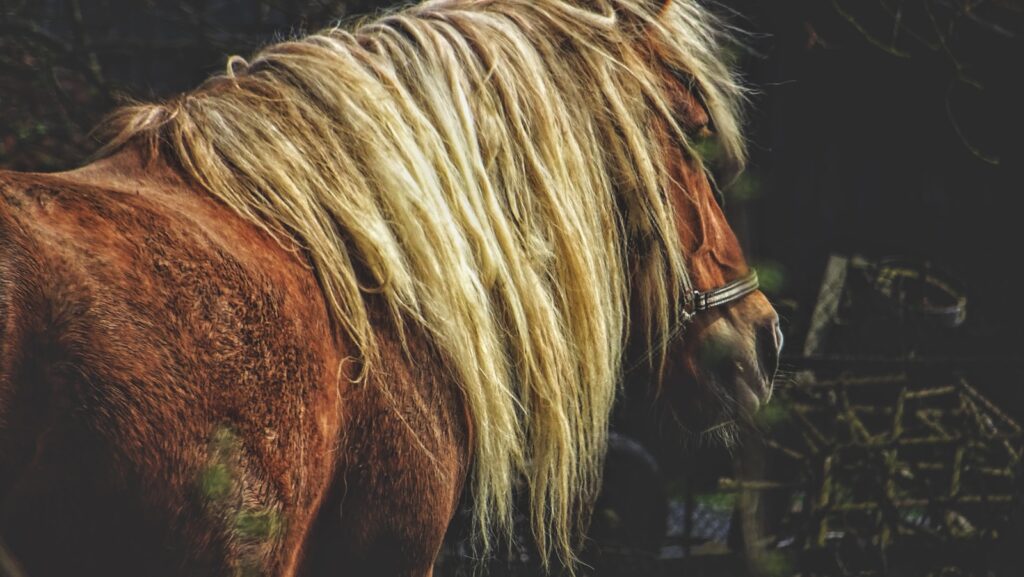Maintaining a beautiful, flowing mane and tail on your horse isn’t just about aesthetics—it’s an important aspect of equine health and comfort. Tangled, matted hair can cause discomfort, harbor dirt, and parasites, and even lead to hair loss when left unattended. Whether you’re preparing for a competition or simply want your equine companion to look and feel their best, proper mane and tail care requires consistent attention and the right techniques. This comprehensive guide will walk you through everything you need to know about keeping your horse’s mane and tail tangle-free, healthy, and beautiful all year round.
Understanding Your Horse’s Natural Hair
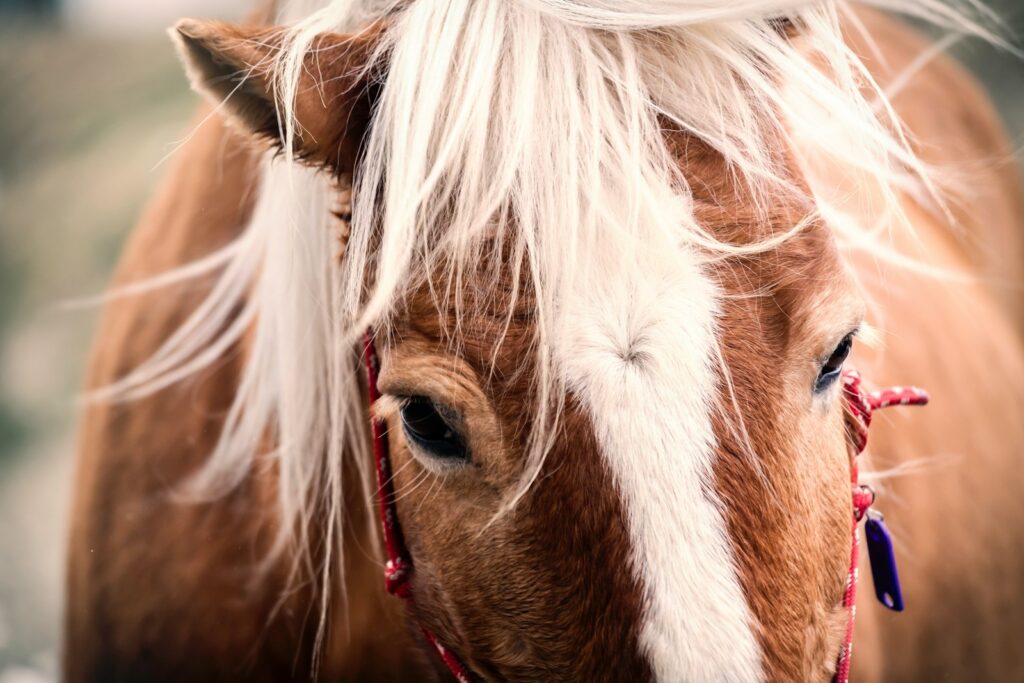
Before diving into maintenance techniques, it’s important to understand the nature of your horse’s mane and tail hair. Unlike human hair, horse hair grows very slowly—only about half an inch per month—making preservation crucial. The hair shaft is also thicker and coarser than human hair, which contributes to its tendency to tangle, especially when horses rub against surfaces or during windy conditions. Different breeds have varying hair textures and densities; for example, draft horses often have thicker, more abundant manes while Thoroughbreds typically have finer, thinner hair. Understanding your particular horse’s hair type will help you customize your grooming approach for the best results.
Establishing a Regular Grooming Schedule
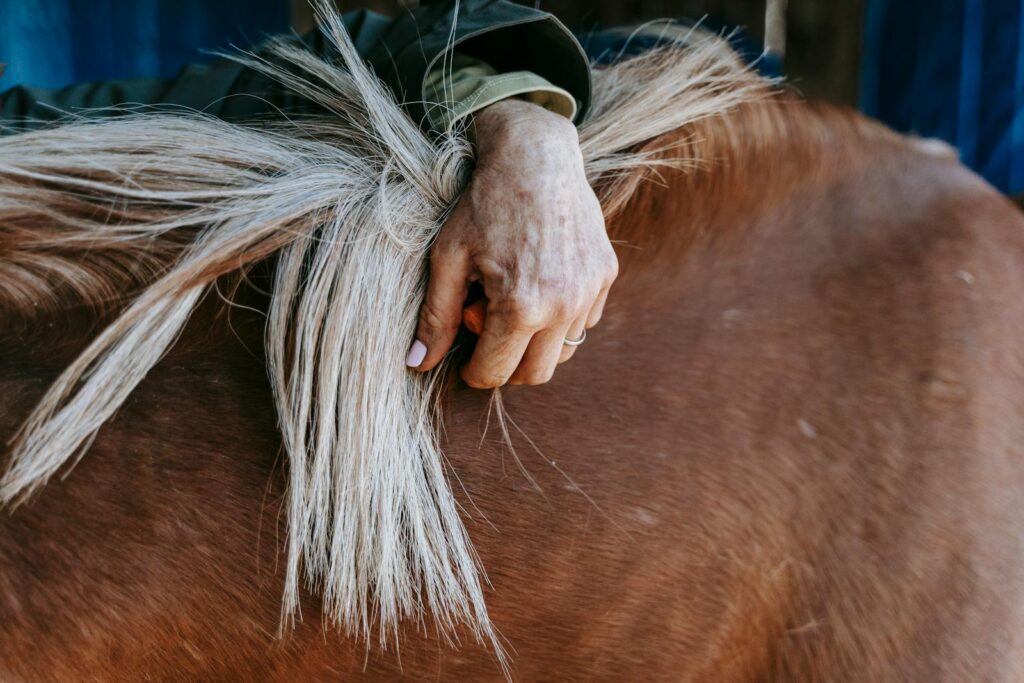
Consistency is the cornerstone of tangle-free mane and tail maintenance. Establish a grooming routine that you can realistically maintain, whether that’s daily, every other day, or at minimum, weekly sessions. Regular attention prevents small tangles from developing into major knots that require more aggressive detangling methods. During shedding seasons or periods of heavy turnout, you may need to increase the frequency of your grooming sessions. Remember that prevention is always easier than correction when it comes to mane and tail care, so making this a non-negotiable part of your horse care routine will save you time and effort in the long run.
Essential Tools for Mane and Tail Care
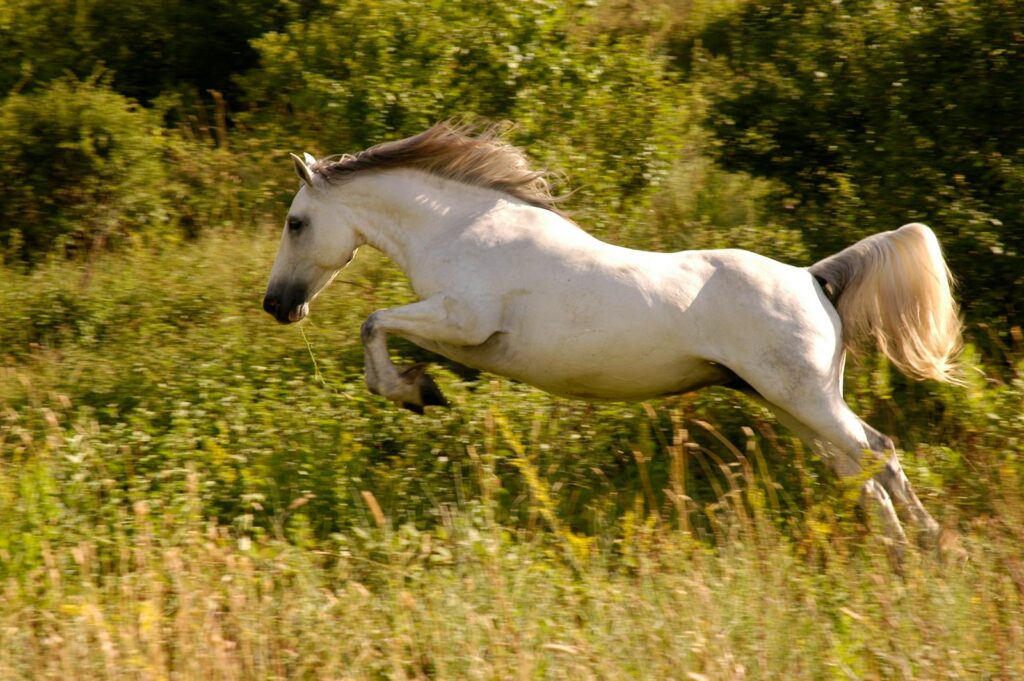
Having the right tools makes mane and tail maintenance significantly easier and more effective. Start with a quality wide-toothed comb specifically designed for horse hair, as human brushes are often too fine and can cause breakage. A rubber curry comb is excellent for removing loose dirt from the dock of the tail without pulling hair. Specialized detangling brushes with flexible bristles can work through knots gently. Many professional grooms also recommend keeping a water spray bottle, detangler solution, and a selection of mane and tail conditioners in your grooming kit. For horses that are particularly prone to tangles, keeping a selection of mane and tail bags or wraps can be invaluable for protection during turnout.
Proper Washing Techniques
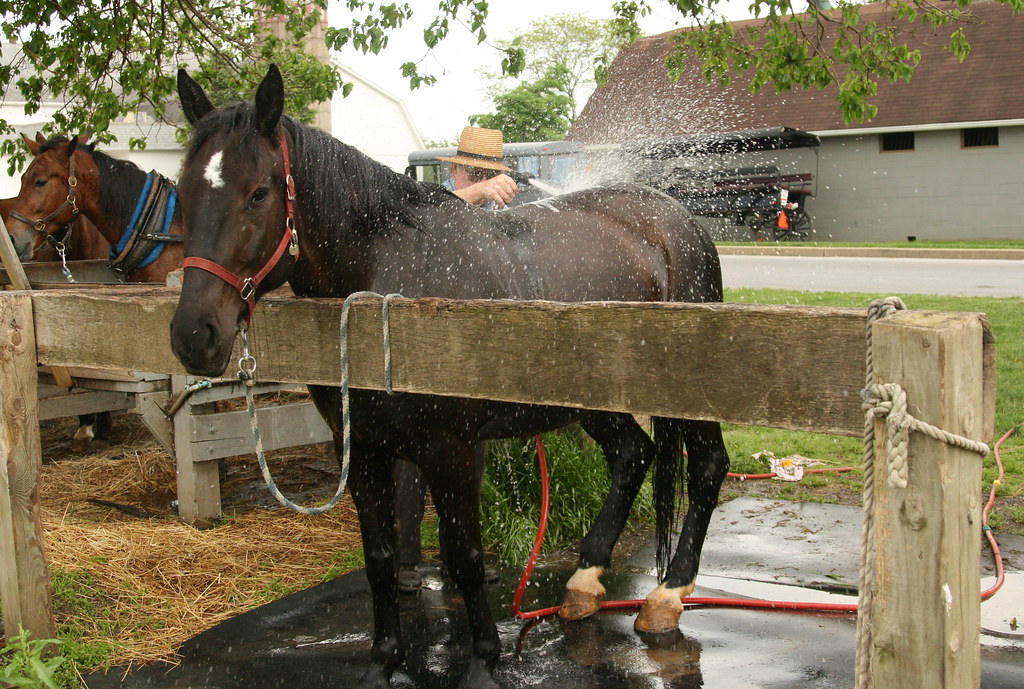
Washing your horse’s mane and tail properly lays the foundation for tangle-free hair. Start by thoroughly rinsing with lukewarm water to remove surface dirt and debris before applying shampoo. Choose an equine-specific shampoo that won’t strip the hair of its natural oils—these oils help protect against tangles. Gently work the shampoo through the hair without rubbing or twisting, as this can create knots. Rinse thoroughly until the water runs clear, since leftover shampoo residue can cause dryness and brittleness, leading to breakage. After washing, apply a quality conditioner made for horse hair, leaving it in for the recommended time before rinsing completely. Avoid washing too frequently—every two to four weeks is typically sufficient for most horses, with spot cleaning as needed between full washes.
The Correct Way to Detangle
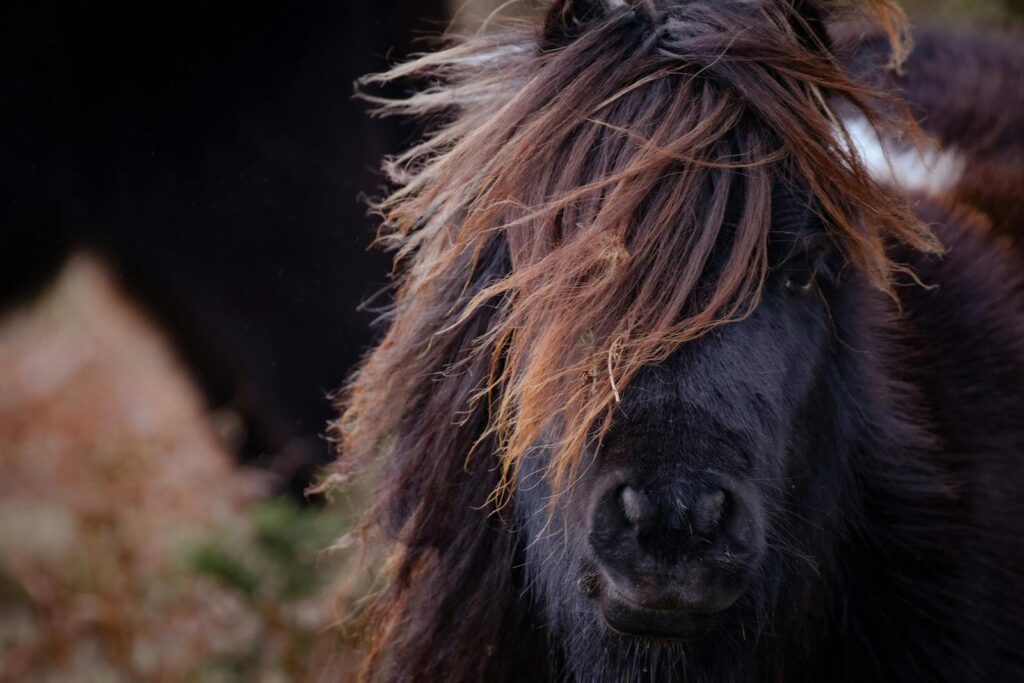
Detangling a horse’s mane or tail requires patience and proper technique to avoid hair breakage. Always start by spraying the hair with water or a commercial detangler to provide slip and reduce friction. Work in small sections, beginning at the bottom of the mane or tail and gradually moving upward. Hold the hair above the section you’re working on to prevent pulling on the roots. Never start at the top and pull downward, as this creates tension that can cause broken hairs and discomfort for your horse. For particularly stubborn knots, use your fingers to gently separate the strands before introducing a comb. Some professional grooms recommend the “pick and separate” method—using a hoof pick to carefully tease apart strands in severely matted areas before switching to gentler tools.
Daily Maintenance Shortcuts
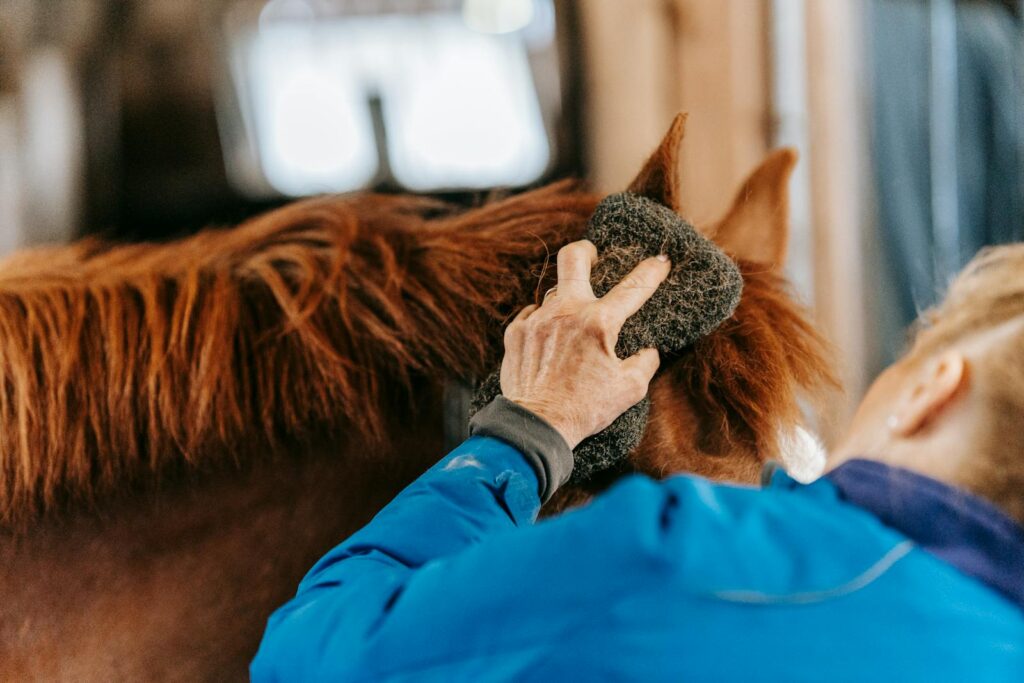
On days when you don’t have time for a full grooming session, quick maintenance can help prevent tangles from worsening. Keep a spray bottle of diluted detangler or conditioner in your tack room for a quick spritz and finger-comb through the tail. For manes, a quick pass with your fingers can remove fresh tangles before they become more difficult to manage. Many experienced horse owners also use the “braid and bag” method for overnight protection—loosely braiding the tail and covering it with a tail bag, and doing the same with sections of the mane if needed. These small daily interventions can significantly reduce the time needed for weekly deep-cleaning sessions and help maintain tangle-free hair between thorough groomings.
Protective Styling Options
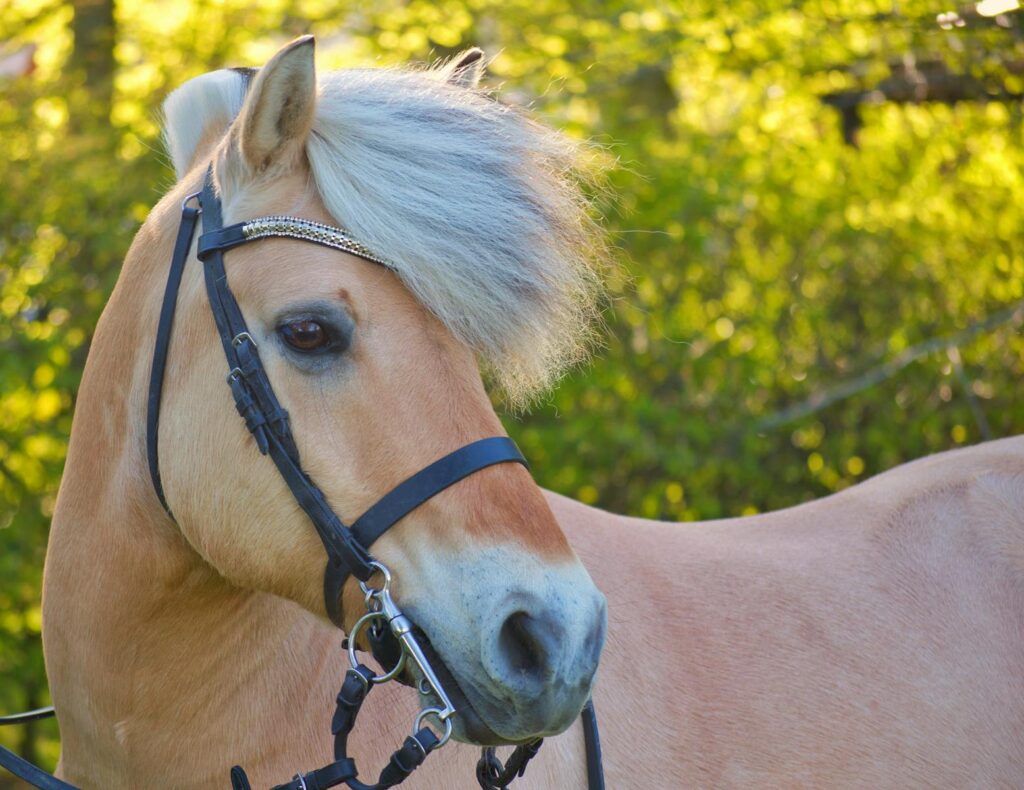
Strategic styling can significantly reduce tangling, especially for horses with particularly thick or long manes and tails. Traditional running braids along the crest of the neck can keep the mane protected during turnout or exercise. For tails, a loose braid starting halfway down the tailbone helps prevent the hair from tangling while still allowing your horse to swat flies naturally. Avoid tight braids that can pull on the skin or cause the hair to break at the fold points. For overnight protection, consider a loose “French braid” style that secures all layers of hair while minimizing strain. Remember to remove and reposition any braids at least every 24-48 hours to prevent hair from setting in a way that creates permanent bends or weakens the strands.
Using Commercial Products Effectively
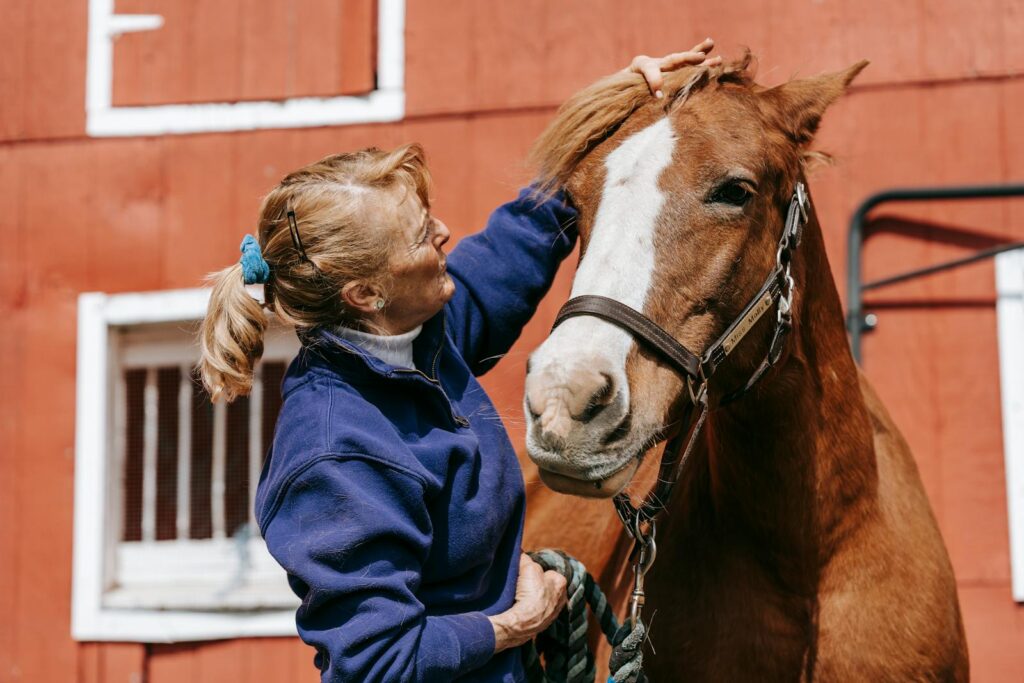
The market is flooded with equine hair care products, but using them correctly is key to their effectiveness. Detanglers work best when applied to slightly damp hair and allowed to penetrate for a few minutes before combing. Silicone-based products create a slippery coating that prevents tangles but can build up over time and should be fully washed out periodically. Leave-in conditioners are excellent for dry climates but may attract dirt in humid or dusty environments. When using commercial products, less is often more—applying too much can weigh down the hair and actually attract more dirt. Always test new products on a small section first, as some horses may be sensitive to certain ingredients that can cause skin irritation or excessive dryness.
Natural Remedies for Healthy Hair
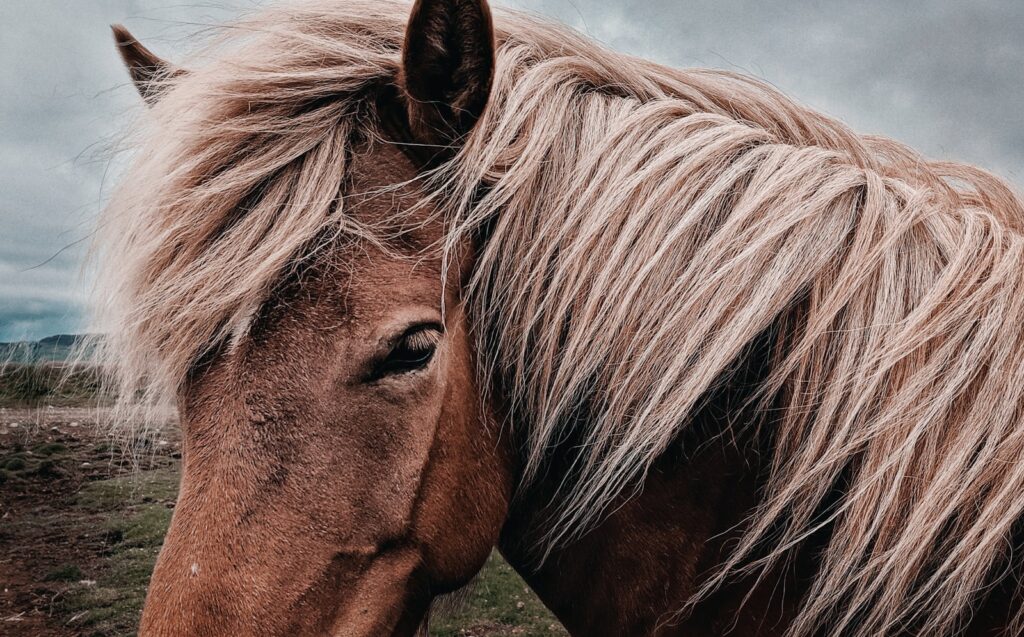
Many horse owners successfully incorporate natural ingredients into their grooming routines as alternatives to commercial products. Apple cider vinegar, diluted with water (in a 1:10 ratio), makes an excellent rinse that balances pH, adds shine, and helps prevent dandruff at the base of the mane and tail. Coconut oil can serve as a deep conditioning treatment when applied sparingly and left for 30 minutes before washing; however, it should be thoroughly removed to prevent attracting dirt. Aloe vera gel works as a natural detangler and moisturizer without the heaviness of oil-based products. Some professional grooms swear by diluted human-grade herbal tea rinses: chamomile for light-colored hair, rosemary for dark manes and tails, and lavender for its natural insect-repellent properties that can help reduce tail rubbing.
Addressing Environmental Challenges
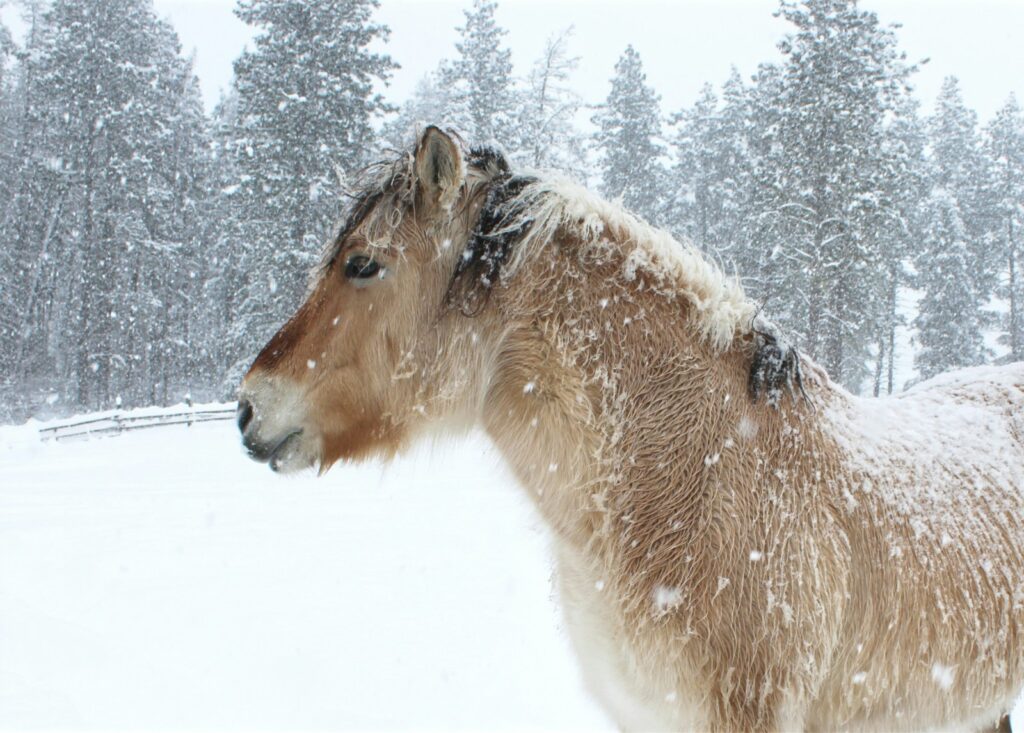
Different seasons and environments present unique challenges to maintaining tangle-free hair. During winter, static electricity from blankets can cause significant tangling. Using an anti-static spray or a homemade solution of fabric softener diluted with water can help combat this issue. In summer, increased sweating can lead to salt buildup at the base of the mane, which causes itching and rubbing. Regular rinsing of these areas with clean water helps prevent this problem. Muddy turnout conditions require special attention; applying a thin layer of conditioner before turnout creates a protective barrier that makes mud removal easier later. For horses kept in sandy environments, keeping the tail bagged during turnout may be necessary to prevent abrasive particles from breaking hair strands and creating mats.
Nutrition’s Role in Hair Health
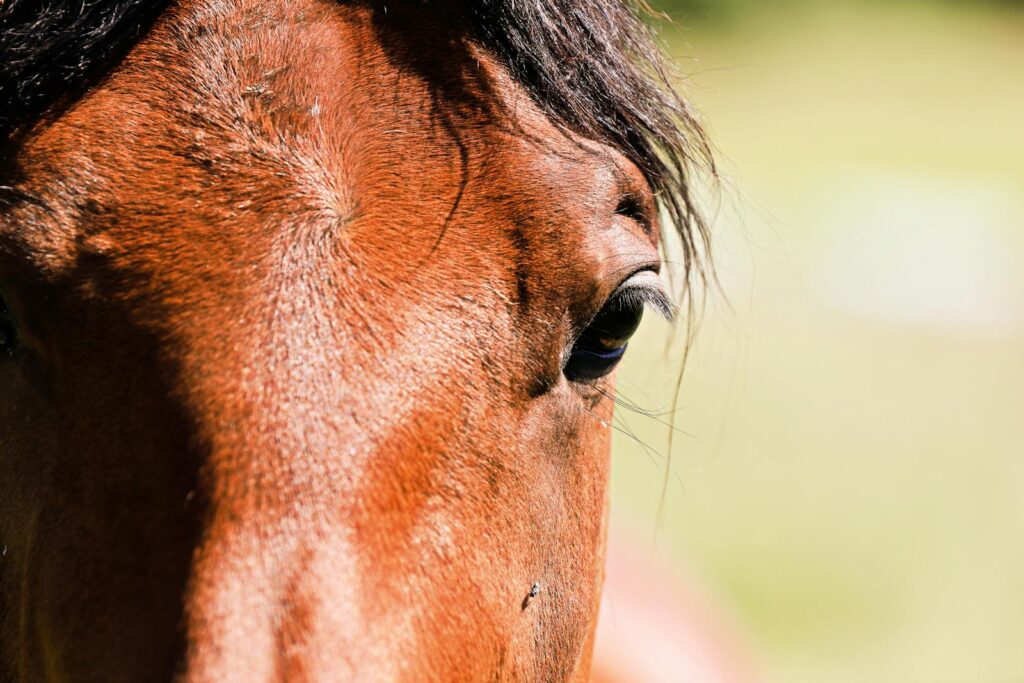
What your horse eats directly impacts the quality and strength of their mane and tail hair. Essential fatty acids, particularly omega-3s, contribute to elastic, strong hair that is less prone to breakage and tangling. Consider adding flaxseed, chia seeds, or a commercial omega supplement to your horse’s diet if their hair seems brittle. Biotin supplements (at 20 mg per day for the average horse) have been shown to improve hair growth and strength, though results typically take 6-9 months to become visible. Zinc and copper are also critical minerals for keratin production—the protein that forms hair. Deficiencies in these nutrients can lead to dull, brittle hair that breaks easily and creates more tangles. Always consult with your veterinarian before making significant changes to your horse’s feeding program.
Addressing Rubbing and Self-Inflicted Damage
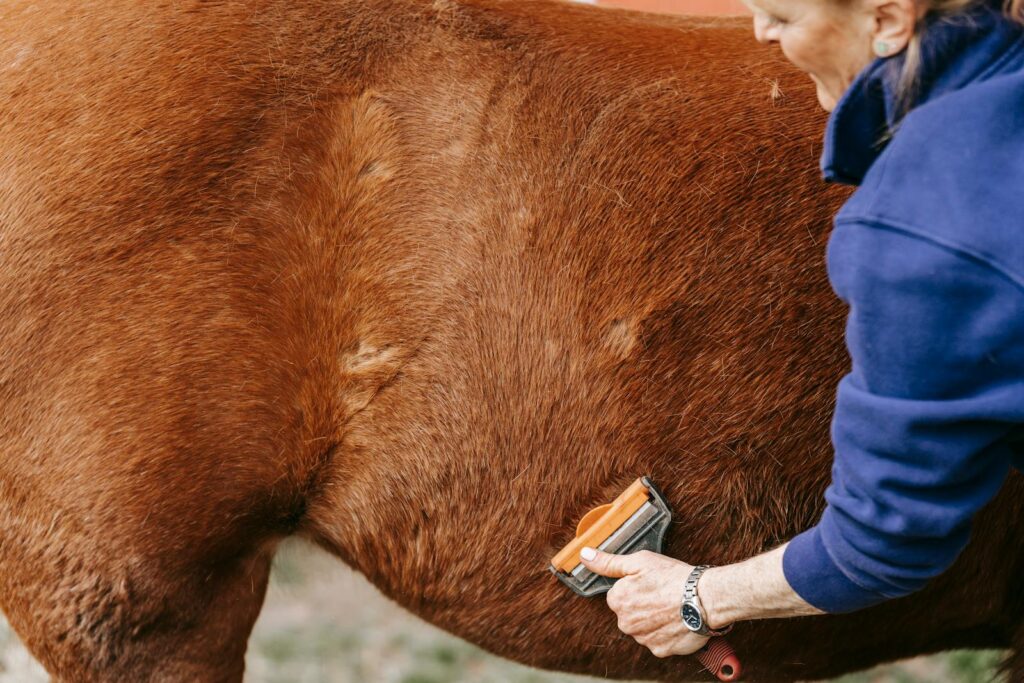
Sometimes, the biggest threat to a tangle-free mane and tail is the horse itself. Tail rubbing can be caused by parasites, skin irritation, or simple itchiness, and it quickly destroys any grooming efforts. Regularly check for signs of external parasites, particularly around the dock of the tail, and implement appropriate parasite control measures. For horses that rub their manes on water troughs or fence posts, look for sharp edges that may need covering or consider using an anti-rubbing collar temporarily. Some horses develop rubbing as a habit or stress response; providing enrichment activities and meeting their exercise needs can help reduce this behavior. In persistent cases, consult your veterinarian to rule out medical causes such as allergies or neurological issues that might be triggering the rubbing behavior.
Special Considerations for Show Horses
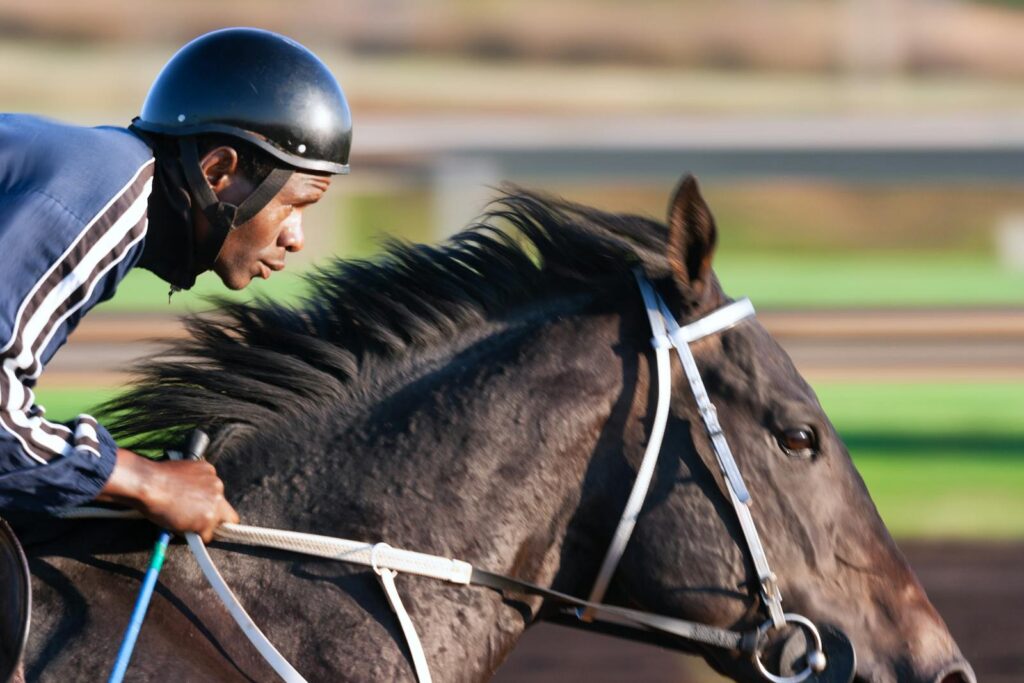
Competition horses often require extra attention to maintain that show-ring-perfect appearance. In the weeks leading up to a show, many professional grooms implement a “hands-off” policy—minimizing brushing and using only their fingers to remove tangles, which helps prevent breakage. Protective sleeves or tail bags become essential during shipping to prevent hair damage from trailer walls or neighboring horses. The night before competition, many show horses receive a deep conditioning treatment followed by careful braiding or banding of the manes. For tail preparation, careful washing followed by a leave-in conditioner and a loosely braided tail wrapped in a clean cotton tail bag helps preserve fullness and prevent overnight tangles. Remember that daily maintenance throughout the year is what truly creates that stunning show appearance—last-minute fixes rarely achieve the same results.
When to Consider Thinning or Trimming
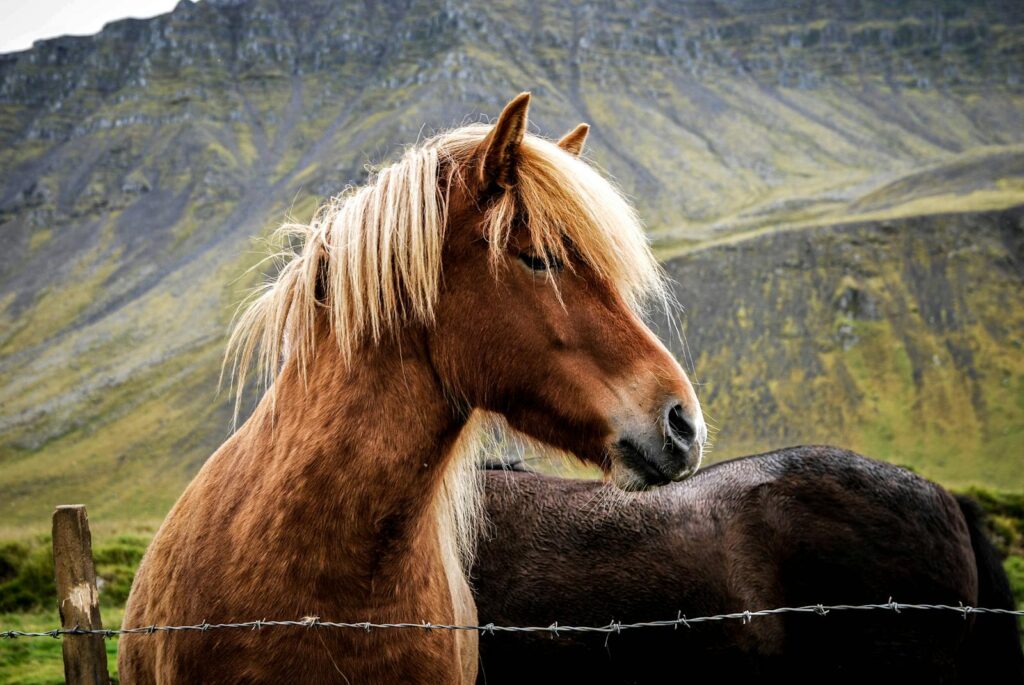
Sometimes, strategic trimming can make maintaining a tangle-free mane and tail much more manageable. For horses with extremely thick manes that constantly tangle, proper thinning (not shortening) can reduce the bulk while preserving the natural appearance. This should be done carefully with specialized thinning scissors or a pulling comb, removing hair from underneath layers rather than the visible surface. For tails, trimming the bottom to a consistent length can prevent the finest ends from tangling, though many experts recommend never cutting above the hocks to maintain proper fly protection. Bang trimming (cutting straight across the top of the tail) should be approached with caution, as this highly visible area takes a long time to grow back if mistakes are made. When in doubt about significant trimming or thinning, consult with a professional groom for guidance specific to your horse’s breed and discipline.
Maintaining a beautiful, tangle-free mane and tail is an achievable goal for any horse owner willing to invest time in regular maintenance. By understanding your horse’s specific needs, establishing a consistent grooming routine, and using the right techniques and products, you can preserve those flowing locks that enhance your horse’s natural beauty. Remember that patience is essential—harsh or hurried grooming causes damage that takes months or even years to repair. With proper care, your horse’s mane and tail will not only look magnificent but will also contribute to their overall comfort and health, whether you’re heading to the show ring or simply enjoying a trail ride together.

